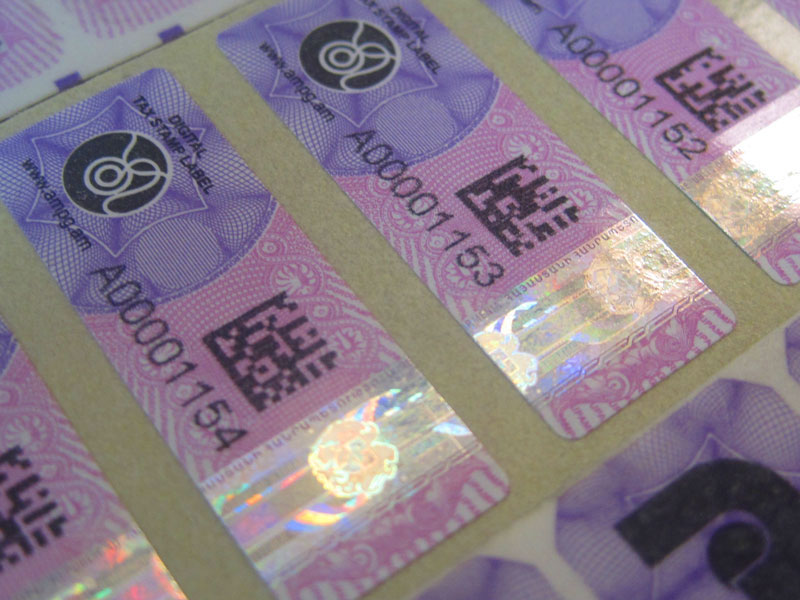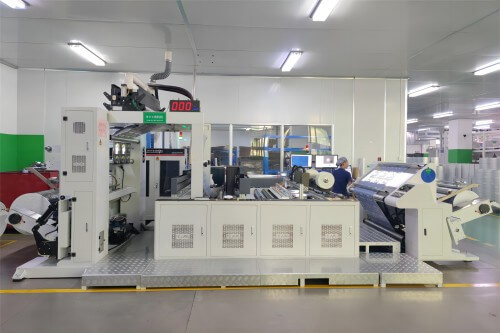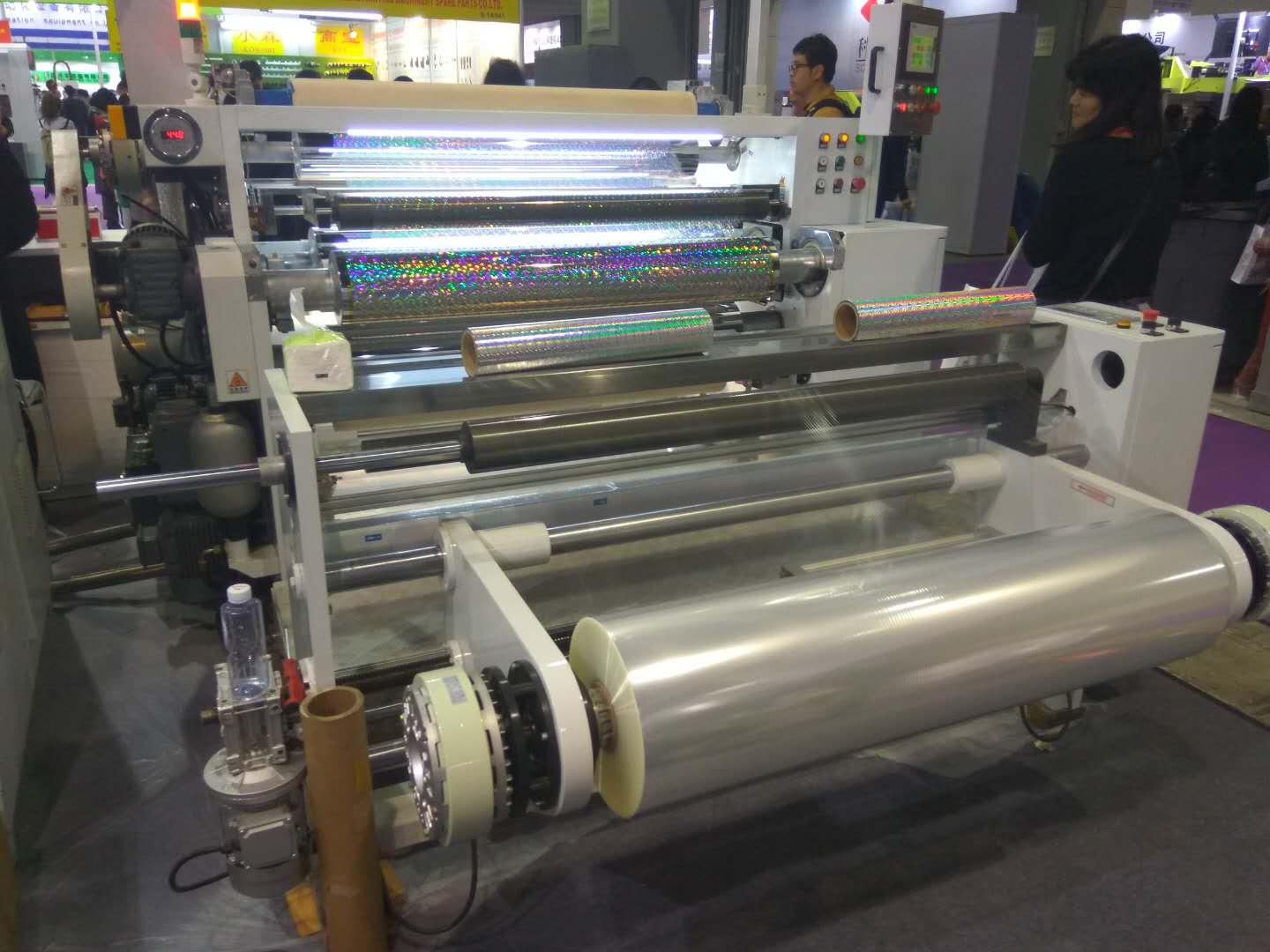In today’s world, security is of utmost importance for both individuals and organizations. The need for secure identification has led to the rise of anti counterfeit ID card printing techniques. These methods are essential to prevent fraud and ensure that only authorized individuals gain access to sensitive information or locations. In this article, we will explore various techniques and technologies involved in creating secure ID cards, providing an in-depth understanding of the subject.

Understanding the Importance of Secure ID Cards
The primary goal of an ID card is to verify a person’s identity. However, with the rise of counterfeit operations, it’s crucial to ensure that these cards are not easily duplicated. Anti counterfeit ID card printing plays a vital role in maintaining the integrity of identification systems worldwide.
What is Anti Counterfeiting?
Anti counterfeiting refers to measures taken to prevent the illegal replication of products, including ID cards. These measures include advanced printing technologies and techniques that make it difficult for counterfeiters to produce fake credentials.
Key Features of Anti Counterfeit ID Cards
- Holographic Overlays: These are special films applied to the surface of ID cards, providing an additional layer of security.
- Microtext Printing: This technique involves printing extremely small text that is not visible to the naked eye.
- UV Ink: Invisible under normal light, UV ink becomes visible only under ultraviolet light, adding another layer of protection.
Technologies Used in Anti Counterfeit ID Card Printing
RFID Technology
Radio-Frequency Identification (RFID) is a popular technology used in ID cards to store and transmit data wirelessly. This technology adds a layer of security as it is difficult to duplicate RFID chips. For more details on RFID in printing, you can visit RFID Tags in Printing.
Biometric Features
Integrating biometric features such as fingerprints or facial recognition into ID cards significantly enhances their security. These features ensure that the cardholder’s identity is verified through unique biological characteristics.
Challenges in Anti Counterfeit ID Card Printing
Despite advancements in technology, counterfeiters are becoming increasingly sophisticated. Therefore, it’s essential to stay ahead by continuously updating and improving security features.
Need for Continuous Innovation
As counterfeiters adapt, the need for continuous innovation in printing techniques grows. Organizations must invest in research and development to create more secure ID card solutions.
Benefits of Anti Counterfeit ID Cards
Implementing anti counterfeit techniques in ID card printing provides numerous benefits, including:
- Enhanced Security
- Prevention of Fraud
- Increased Trust and Credibility
Implementing Anti Counterfeit Measures
Organizations looking to implement these measures must partner with experienced printing firms that specialize in security features. Learn more about these techniques at Anti Counterfeit Printing for Beginners.
Choosing the Right Printing Partner
When selecting a printing partner, consider their experience, technology, and commitment to innovation. A reliable partner will guide you in implementing the most effective security features for your ID cards.
The Future of Anti Counterfeit ID Card Printing
The future of anti counterfeit ID card printing lies in integrating advanced technologies like AI and blockchain. These technologies hold the potential to revolutionize how we approach ID card security.
AI and Machine Learning
AI can analyze patterns and detect anomalies in ID card usage, alerting authorities to potential fraud attempts. Machine learning algorithms can continuously improve the accuracy of these analyses.
Blockchain Technology
Blockchain technology offers a decentralized and tamper-proof way of storing ID card information, making it incredibly difficult for counterfeiters to alter or duplicate data. For more information on security printing, visit Security Printing.
Conclusion
In summary, anti counterfeit ID card printing is a critical aspect of maintaining security and trust in various sectors. By employing advanced technologies and techniques, organizations can effectively combat counterfeit operations and protect their interests.

FAQs
What are the main features of anti counterfeit ID cards?
Anti counterfeit ID cards typically feature holographic overlays, microtext printing, and UV ink, among other security measures.
How does RFID technology enhance ID card security?
RFID technology stores and transmits data wirelessly, making it difficult to duplicate, thus enhancing security.
What is the role of blockchain in anti counterfeit ID card printing?
Blockchain provides a secure and tamper-proof way of storing ID card information, making it challenging for counterfeiters to alter data.
This article contains affiliate links. We may earn a commission at no extra cost to you.







